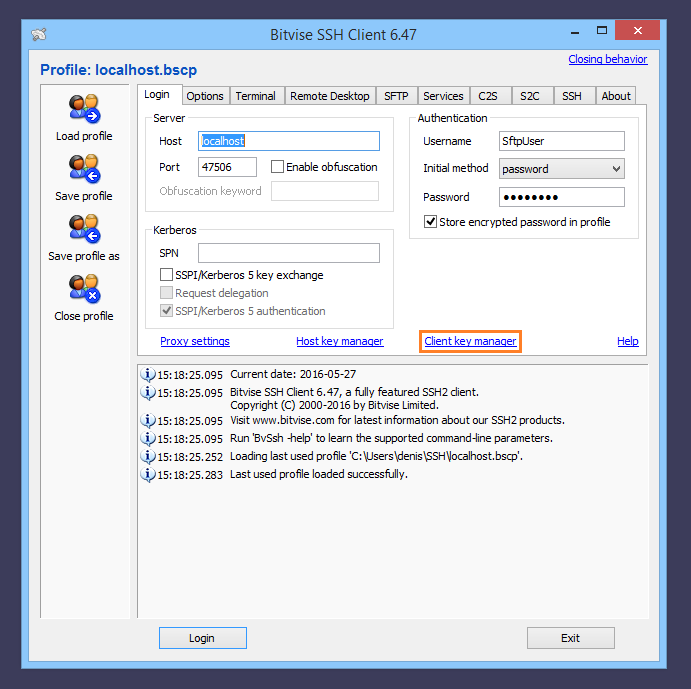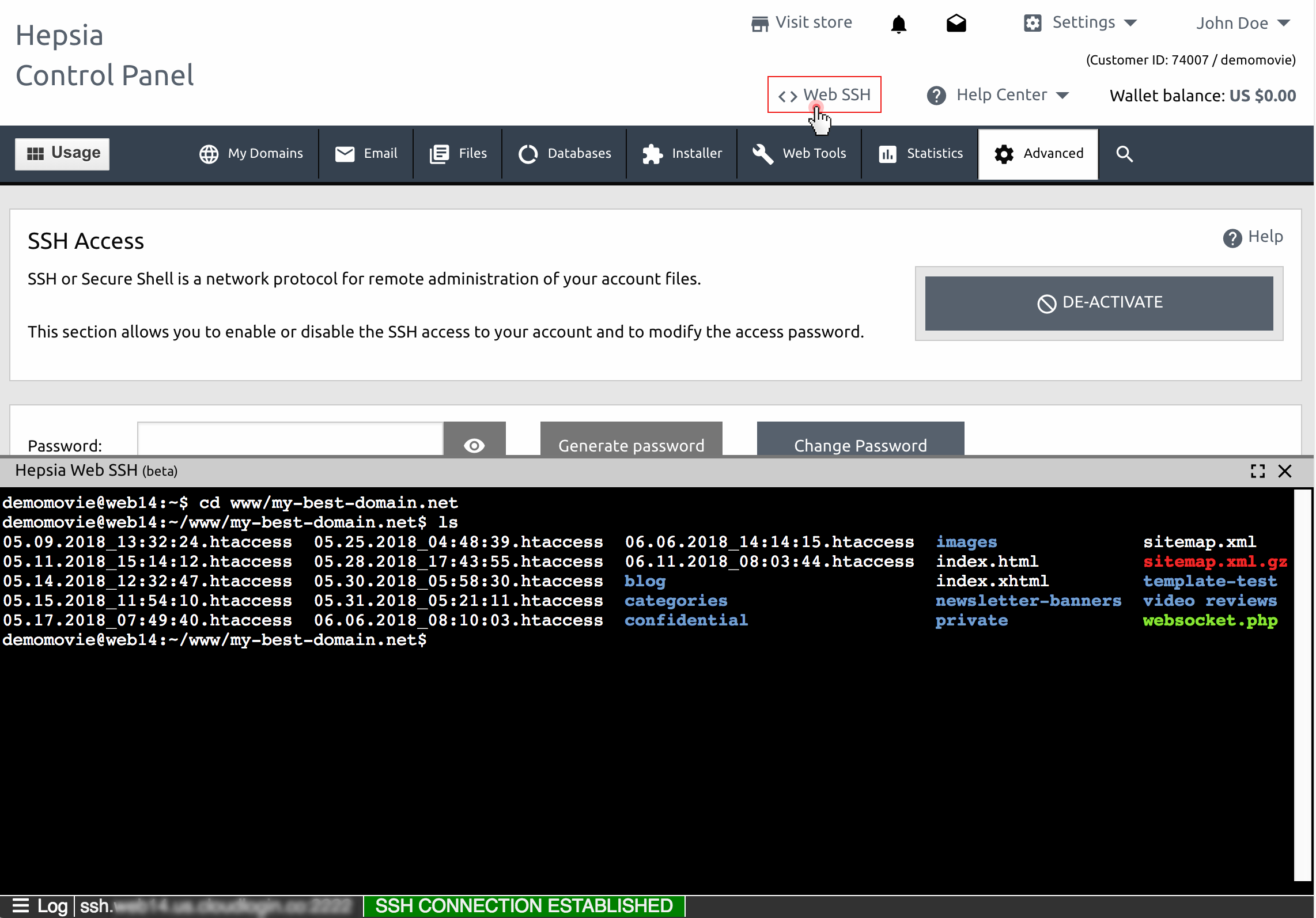Are you ready to unlock the full potential of your Internet of Things (IoT) devices and Raspberry Pi projects, all from the convenience of your Mac? Mastering remote access through RemoteIoT Web SSH is no longer a technical hurdle; its a gateway to streamlined management and enhanced security, and it's remarkably achievable.
The landscape of technology is perpetually evolving, with the Internet of Things (IoT) at its forefront. For tech enthusiasts, developers, and businesses alike, the ability to remotely access and manage IoT devices has transitioned from a luxury to a necessity. This necessity is particularly acute for those leveraging platforms like Raspberry Pi, which are often deployed in various environments and require consistent monitoring and control. This is where RemoteIoT Web SSH download for Mac steps in, offering a robust solution to connect, control, and troubleshoot devices from anywhere in the world.
This comprehensive guide will take you through the entire process, step-by-step, ensuring that even those new to the concept can easily navigate the setup, configuration, and utilization of RemoteIoT Web SSH. We will delve deep into the methods, tools, and troubleshooting techniques that will equip you with the knowledge and skills to master remote IoT platform management on your Mac. From understanding the foundational concepts to implementing the practical steps, this article aims to be your ultimate resource.
- Iqvia Layoffs 2025 What You Need To Know And How To Navigate The Storm
- Meet Divaflawless The Rising Star Redefining Beauty Standards
Let's start by understanding what we're diving into. At its core, RemoteIoT Web SSH allows secure remote access to your IoT devices, specifically those running on Linux-based systems, such as Raspberry Pi. The "SSH" (Secure Shell) component provides a secure and encrypted channel for communication, ensuring that data transmitted between your Mac and your IoT device remains protected. This is crucial, particularly when dealing with sensitive information or controlling devices in a network environment.
The beauty of RemoteIoT lies in its ability to simplify complex tasks. With RemoteIoT Web SSH, you can eliminate the need for complex configurations or additional software installations. It integrates a user-friendly interface, offering a straightforward approach to remote management. This platform is an ideal choice for Mac users who value convenience and security, allowing them to streamline their workflows, improve security, and gain better control over their IoT devices.
Consider the scenario: You have a Raspberry Pi project running in a remote location, perhaps for environmental monitoring, home automation, or even industrial applications. Being able to access this device securely and efficiently is paramount. With RemoteIoT Web SSH, you can view sensor data, update software, troubleshoot issues, and execute commands from your Mac, all without physically being present at the device's location.
- Temporary Replacement When Youre Hungry Your Ultimate Guide
- Www6appsnot The Ultimate Guide To Unlocking Your Digital Potential
Now, let's address the initial stumbling block: downloading the necessary tools. This article will guide you through the best methods to download and configure SSH for free on your Mac, providing you with the ultimate guide to remote IoT platform management. The initial step involves visiting the official RemoteIoT website. There, you will find the necessary downloads and instructions to get started. Once the software is downloaded, the configuration process will begin.
Let's clarify a few crucial components to get us started. First, the SSH client is essentially the program on your Mac that will be used to connect to your remote device. Most Macs come pre-installed with an SSH client called "Terminal." The other necessary component is an SSH server, which needs to be running on your Raspberry Pi. The SSH server receives requests from your Mac and forwards them on to the corresponding application.
The first step involves downloading the RemoteIoT Web SSH client onto your Mac. It's crucial to ensure you are downloading from a trusted source, such as the official RemoteIoT website. The process typically involves selecting the appropriate version for your macOS version and following the on-screen instructions.
After downloading the client, it's time to focus on the device end, the Raspberry Pi. The Raspberry Pi will require an SSH server installed and configured. This usually means installing the SSH package on your Raspberry Pi using the command line. In most Linux distributions, the SSH server is usually installed by default. If not, it can be installed using package management tools such as apt. The next phase involves configuring the server settings.
Configuring the SSH server on your Raspberry Pi involves setting up a username and password for secure access. This ensures that unauthorized individuals cannot connect to your device. It's also advisable to change the default SSH port for enhanced security. The default port is 22, but changing it to a different number adds an extra layer of protection against automated attacks.
Security is not just about the server; it's also about the keys. With remote IoT Web SSH, you can centrally manage and discover all authentication keys and SSH login files. Managing SSH keys can be complex, but RemoteIoT streamlines this aspect. It is a good practice to create and use SSH keys for authentication. SSH keys are cryptographically generated pairs of files: a private key (kept secure on your Mac) and a public key (placed on the Raspberry Pi). SSH keys enhance security by removing the need to enter a password every time you connect.
Now that the basic elements are in place, let's look into the process of connecting. With the client installed on your Mac and the server running on the Raspberry Pi, the connection can be initiated. Open the Terminal on your Mac and use the SSH command, followed by the username, the IP address of your Raspberry Pi, and the port number, if you have changed it. You will likely be prompted for your password or, if you've set up SSH keys, you will be logged in automatically.
Troubleshooting is an essential part of the journey. The initial connection may not always be smooth, so several troubleshooting steps may be required. Common issues include problems with network connectivity, firewall settings, and incorrect username or password. Additionally, ensure that your Raspberry Pi and your Mac are on the same network, or that port forwarding is correctly configured on your router if you are accessing your Raspberry Pi from outside your local network.
If you find that the connection is failing, double-check your network configurations. Check the IP address of your Raspberry Pi, ensure that there are no firewall restrictions on your Mac or the Raspberry Pi, and ensure your router is correctly configured to forward traffic to your Raspberry Pi. Review your username, password, and SSH port settings to verify they are accurate.
In case you encounter issues with SSH keys, make sure that the public key is correctly copied into the authorized_keys file on the Raspberry Pi. Check file permissions. Ensure the key file has the right access permissions, so the SSH server can read it and can allow you to successfully connect. Correctly configuring your firewall on your Mac is a key factor when it comes to successful SSH access. Make sure the firewall settings are configured to allow SSH traffic.
One effective alternative to SSH, as mentioned previously, is SocketXP, a cloud-based IoT device management and remote access platform. SocketXP offers a way to remotely manage, access, and monitor your IoT devices and Raspberry Pi fleets or any Linux machines that are behind NAT routers and firewalls. SocketXP uses a different approach, connecting with one click from any mobile and desktop device. This is an option, particularly if you find the direct SSH setup to be challenging or require additional functionalities, such as monitoring dashboards and device grouping.
Another alternative is Bitvise SSH Server for Windows. Bitvise provides SSH, SFTP, and SCP server capabilities for Windows. While it's not directly applicable to macOS, it's a robust, easy-to-install and easy-to-use server option for those managing devices that utilize Windows. Bitvise SSH Server works well with a variety of SSH clients, including Bitvise SSH Client, OpenSSH, and PuTTY.
RemoteIoT offers enhanced security by allowing you to centrally manage and discover all authentication keys and SSH login files. This eliminates the need for complex configurations or additional software installations, making it an ideal choice for Mac users who value convenience and security. By using RemoteIoT, you're implementing a security-first approach. A critical aspect of this is ensuring the SSH keys you use are managed correctly. This protects your devices from potential vulnerabilities, such as those related to unmanaged SSH keys.
The ability to remotely manage your devices gives you the flexibility to handle various tasks, from updating software to monitoring device performance. With RemoteIoT Web SSH, you can effortlessly access and control your devices, irrespective of physical location. You have the ability to monitor and control your devices remotely, leading to greater efficiency and faster response times.
Whether you're looking to streamline your workflow, improve security, or simply gain better control over your IoT devices, this guide is designed to help you achieve your goals. The advantages of remote access are clear: improved efficiency, faster issue resolution, and enhanced control over your devices. By applying these methods, you will be able to streamline your workflow, improve security, and gain better control over your IoT devices.
As you move through your journey, keep in mind the fundamental principles of secure configuration, regularly updating software, and monitoring access logs. By adopting these strategies, you can minimize security risks and maximize the advantages of remote access.
In the realm of remote IoT platform management, mastering RemoteIoT Web SSH download on Mac is a powerful skill. By leveraging the steps, tools, and techniques covered in this guide, you'll not only have a better understanding of the process, but you will also have the capacity to remotely manage and control your devices with confidence and ease.
This guide is designed to empower you. This article will guide you through everything you need to know about downloading and using remote IoT web SSH on your Mac, including its benefits, setup process. Now, you're well-equipped to embark on a successful journey into remote IoT platform management. Whether you're a seasoned developer or just starting, the knowledge gained here will be invaluable in managing your IoT projects.
In conclusion, understanding how to download and configure RemoteIoT Web SSH on your Mac is an essential skill for anyone involved in IoT. By utilizing the information provided, you are set to embrace the future of IoT with confidence and efficiency.



Detail Author:
- Name : Erna Berge Jr.
- Username : gwendolyn92
- Email : ortiz.fermin@yahoo.com
- Birthdate : 1971-02-16
- Address : 3464 Schmitt Springs South Santiagoshire, MN 55076
- Phone : (732) 352-2417
- Company : Yundt-Walter
- Job : Brazer
- Bio : Inventore quos adipisci repellendus doloribus nulla reiciendis. Est impedit tempore dolorem quia fugit quos nulla. Nisi dolor et omnis beatae qui. Iusto omnis non officia cum.
Socials
facebook:
- url : https://facebook.com/meaganabbott
- username : meaganabbott
- bio : Consectetur molestias aut quasi consequatur dicta.
- followers : 3018
- following : 2198
twitter:
- url : https://twitter.com/meagan_abbott
- username : meagan_abbott
- bio : Nulla voluptas molestiae debitis et consequatur nemo. Voluptatem sit eveniet pariatur quae libero quam.
- followers : 4129
- following : 1723
tiktok:
- url : https://tiktok.com/@abbottm
- username : abbottm
- bio : Ut aperiam reprehenderit fugit rem enim.
- followers : 4450
- following : 1104